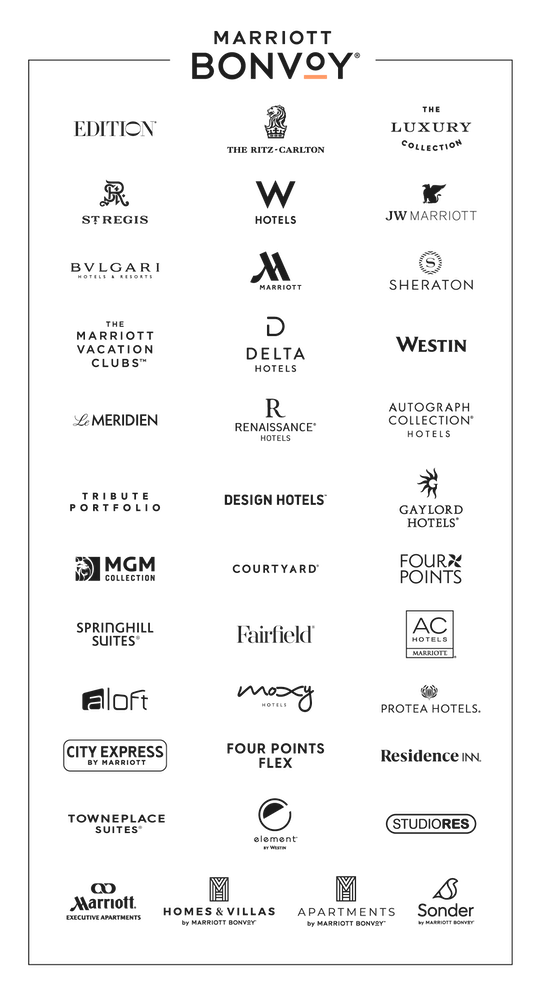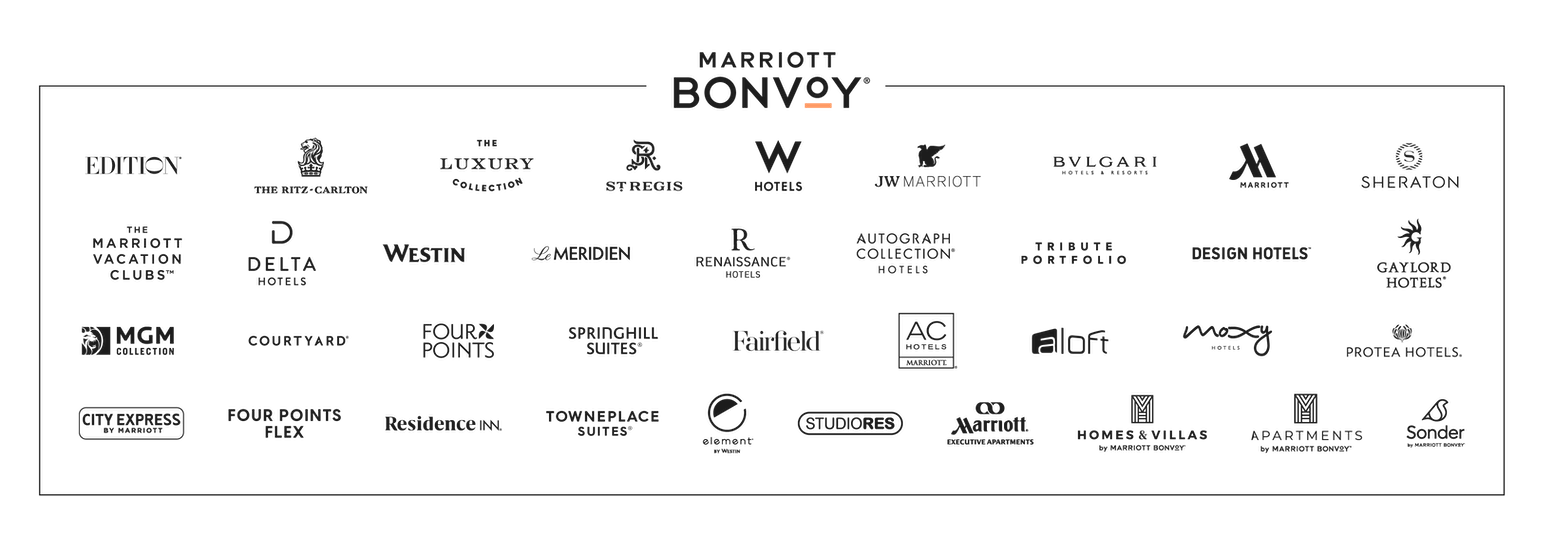How to Talk With Vendors About Your Sustainability Goals
Maybe you determined your sustainability goals on your own. Maybe you collaborated on them. Maybe they were handed down to you, and you’re just making the most of them.
But however your sustainability goals came to you, achieving them isn’t a one-person job.


Here’s how planners can better work with vendors and suppliers so that everyone comes out ahead, Mother Earth included.
Know what to expect from vendors at various stages.
A vendor might be just as committed as you are to environmental goals, but their commitment might show up differently than you would expect. “There’s a disconnect between planner and supplier expectations,” says Mariela McIlwraith, president of Meeting Change, a meetings and events consultancy focusing on the strategy of social and environmental sustainability. Buyers often expect to see sustainability information without having to ask for it, but vendors don’t necessarily volunteer that information.
Planners can help close the communication gap by asking for sustainability information instead of assuming that it doesn’t exist unless it’s proactively presented. Suppliers should be able to answer basic questions about energy use, water use, and waste, even if they don’t yet have full-blown reports showcasing that data.
At the same time, meeting planners should also recognize that RFPs can be time-consuming for vendors, and that expecting all sustainability data at once may not be realistic. “You might find that it’s challenging to get the response rates that you want,” McIlwraith says. Consider a two-step process instead. The first step is aimed at eliminating vendors that don't fit general sustainabilty needs. In round two, you can dive into more detail around sustainability goals.
Once you’re past the RFP stage, make sure that the sustainability conversations you’ve had with various players are aligned and reflected in the contract. “Sometimes you’ll go from a conversation with the sales department to the service department, and you want to make sure you’ve created a way for expectations to be communicated all the way through,” McIlwraith says. Embedding them into the contract can help keep sustainability top of mind for all players.
And remember that environmental goals don’t end with the event itself. “It’s really important that communication carries through all the different stages of the relationship with a partner,” McIlwraith says. Post-event data related to sustainability can help you and your vendors understand attendees’ needs as you plan for the next event. Reach out to vendors for any post-event data they may have collected, and share your own.
Be receptive.
If there were a singular way to achieve event sustainability, we’d all be doing it. But there isn’t—and that’s a benefit, not a drawback. Keeping your eyes on the goal can be more important than the nitty-gritty of how that goal is executed.
“I think it’s important to find that balance between being overly prescriptive and allowing a little creativity and a bit of latitude in how a goal is achieved,” McIlwraith says. Let’s say one of your goals is reducing food waste. You may believe that using compost bins is the answer, but a vendor might have other established procedures or options to consider like using modified menus or smaller plates. Allowing your partners to be as nimble and flexible as you are lets you learn from one another and find shared opportunities to achieve your mission—and, potentially, new ways to get there that each of you can bring to future partnerships.
Find the person with passion.
“One of the things I always look for is somebody within the organization who has a passion for sustainability,” McIlwraith says. “That energy can’t be replaced. Finding somebody who is super excited about this goes a long way toward ensuring that the priorities are being met.”
Everyone you come into contact with as a vendor has a responsibility to live up to their public sustainability claims. But when you’re trying to go deeper, attempting something new, or establishing new protocols, the additional spark brought by a change-maker’s passion can be the catalyst for true change. That person can be the internal driver, watchdog, leader, or liaison, depending on their role within the organization.
Having your eyes open for this type of person may be enough to spot the right candidate. But if no one is emerging, get creative. “I like to ask open-ended questions around sustainability,” McIlwraith says. “Like, ‘Tell us about a time when you engaged in sustainable practices in order to support a client’s event.’ Let them tell you an engaging story, and you can follow their cues from there.”


Be on greenwashing alert.
The phrase “We have environmentally friendly practices” sounds nice—but it doesn’t actually mean anything. When you see a vague claim that’s not backed by any sort of certification or third party, or that eschews specific goals in favor of ambiguous language, investigate. It could be that the vendor is not communicating its sustainability practices effectively, or it could mean that the vendor hasn’t yet made the kind of commitments you’re looking for in a partner.
Transparency is also part of the picture. In fact, depending on the goal, transparency may be more important than accomplishments. “I look for what they’re telling us isn’t quite 100% there yet,” McIlwraith says. “What are they working toward? That helps me build confidence in their sustainability practices, because everyone has something that they’re working toward.”
Remember that we’re all in this together.
Just like you, your vendors don’t have it all figured out—and that’s OK. It’s an opportunity to work together and problem-solve, which is part of the reward.
“We’re all figuring it out together,” McIlwraith says. “There is this monumental challenge ahead of us to address all aspects of sustainability, whether you’re talking environmental sustainability or social justice sustainability, and I don’t think anyone has all of the answers. So let’s all recognize that we’re on this journey together and share what we know. That’s how we improve.”
One way to do that? Have fun. “So much of what we do is challenging, but sustainability really can be fun,” McIlwraith says. “That ability to do something really fun and creative inspires me to do more. It’s almost like a renewable energy source in and of itself.”

